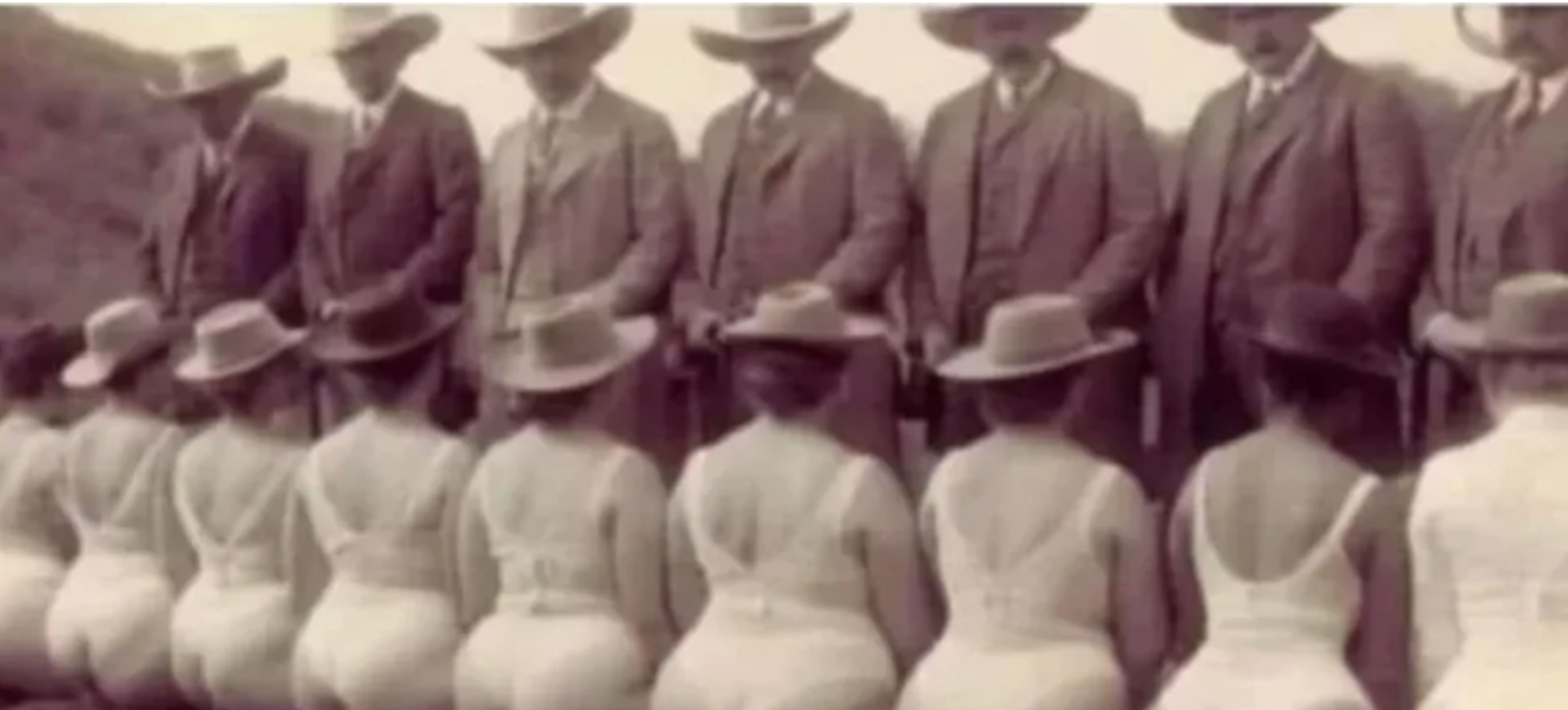In the 1800s and early 1900s, various traditions underscored gender roles in society, often highlighting the expectation for women to be subservient to men. One such custom that emerged in some cultures involved a symbolic act of repentance on the last day of the year, December 31st, when a wife would kneel before her husband and apologize for any perceived wrongdoings or shortcomings over the past year. This practice reflected the societal expectations of women at the time, reinforcing the idea that it was a wife’s duty to take responsibility for household harmony and any conflicts, regardless of their origin.
This end-of-year ritual served as a moment for reflection and renewal, though it primarily placed the responsibility for reconciliation on the woman. In an era when women were largely expected to embody ideals of humility, patience, and gentleness, the act of kneeling and apologizing to one’s husband was seen as a demonstration of respect and submission. For many women, it was also a reminder of their limited social power and the expectation to uphold family cohesion, often at the cost of their own autonomy. The ritual was less about genuine conflict resolution and more about reinforcing a social hierarchy within the household, where the husband’s authority was unquestioned.
However, it’s important to note that such traditions were not universally practiced and likely varied widely depending on cultural, regional, and class factors. In some households, the act may have been more symbolic and mutual, with both partners acknowledging their faults. Nevertheless, the emphasis on the wife’s responsibility was part of a larger framework of gender norms that positioned men as the heads of households and women as their supporters and caretakers.

Over time, as social norms evolved and movements for women’s rights began to gain traction in the early 20th century, these types of traditions started to diminish. Women began to seek greater equality and autonomy in relationships, challenging the notion that they alone should bear the weight of reconciliation. By the mid-20th century, the dynamics in marriages and family structures were gradually shifting towards a more egalitarian approach, with the idea of mutual respect and shared responsibility taking precedence over strict, hierarchical roles.
Today, such practices serve as a historical reminder of how deeply rooted gender roles were in everyday life and how much progress has been made in fostering equality in relationships. The shift away from these traditions reflects a broader societal transformation towards partnerships built on respect, shared responsibility, and open communication rather than duty and obligation.




